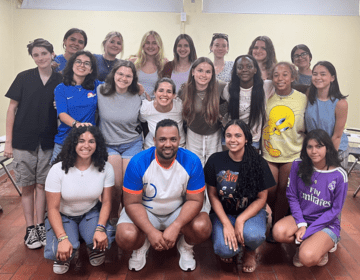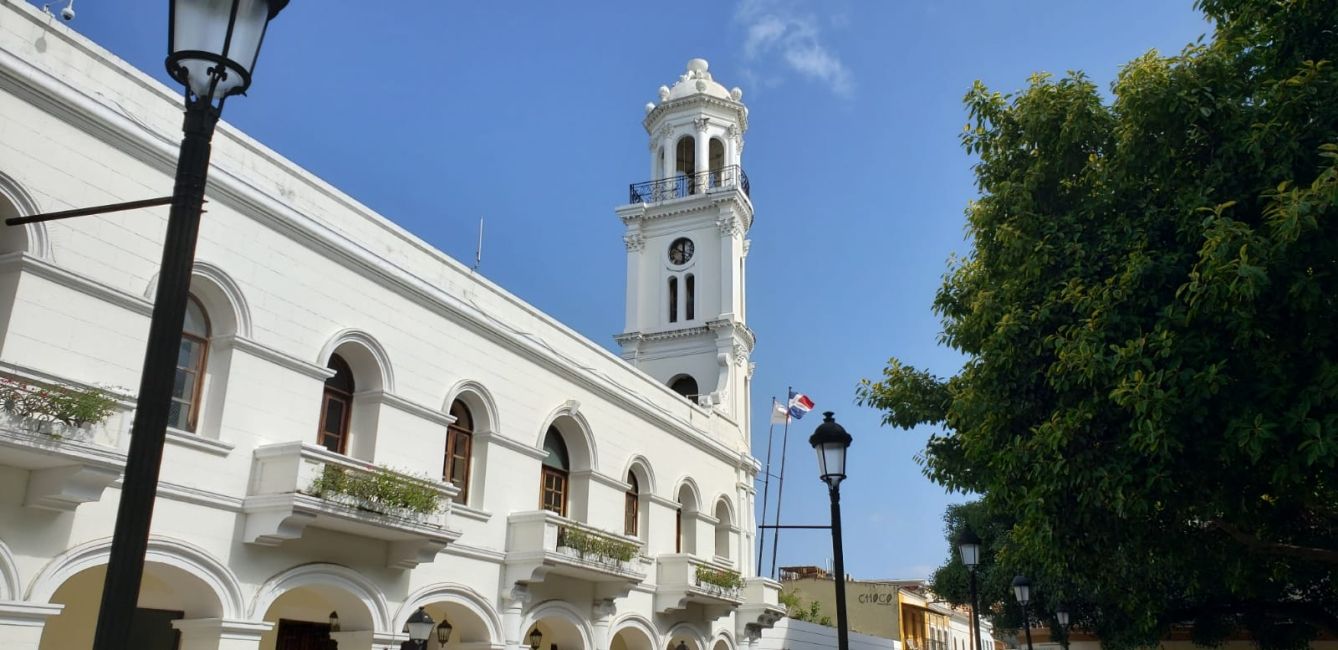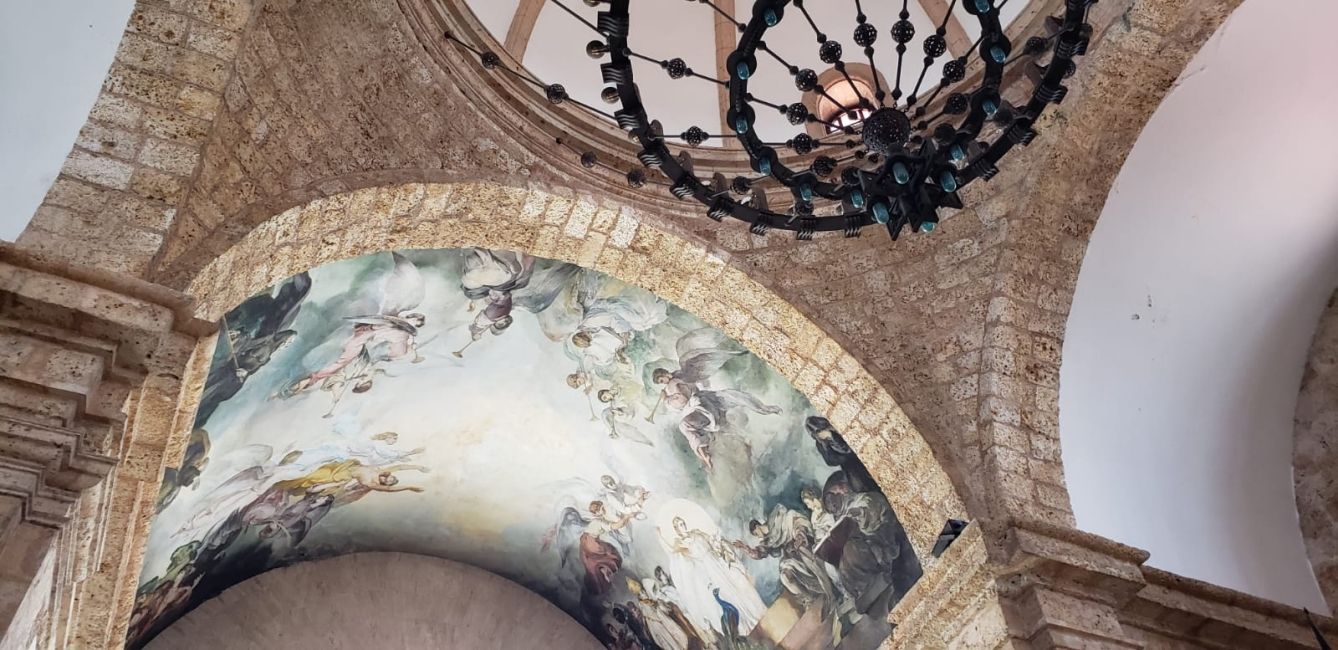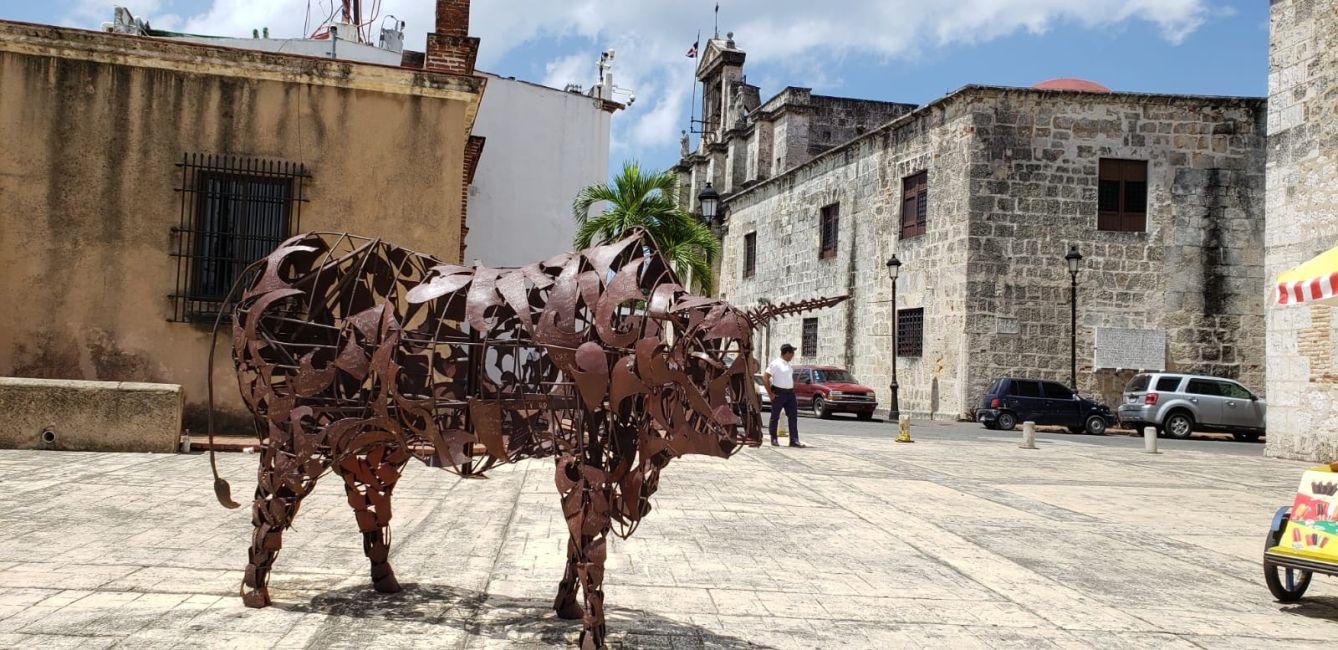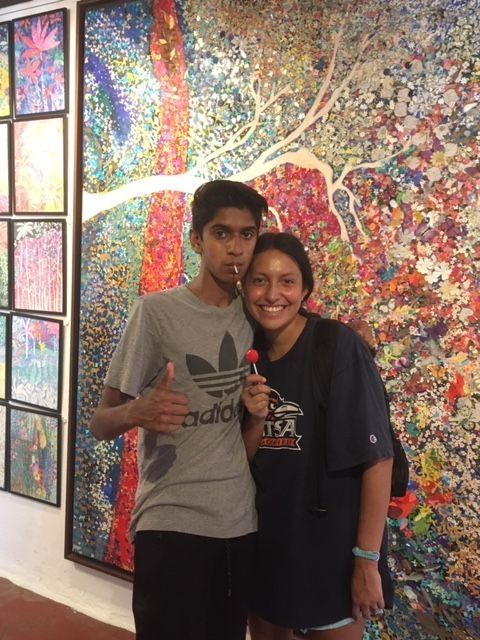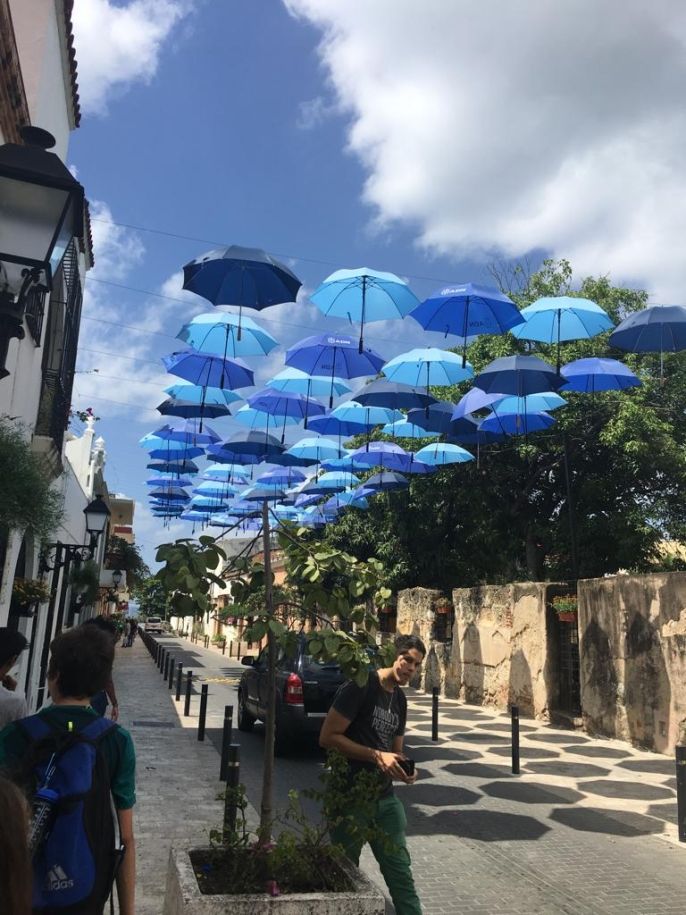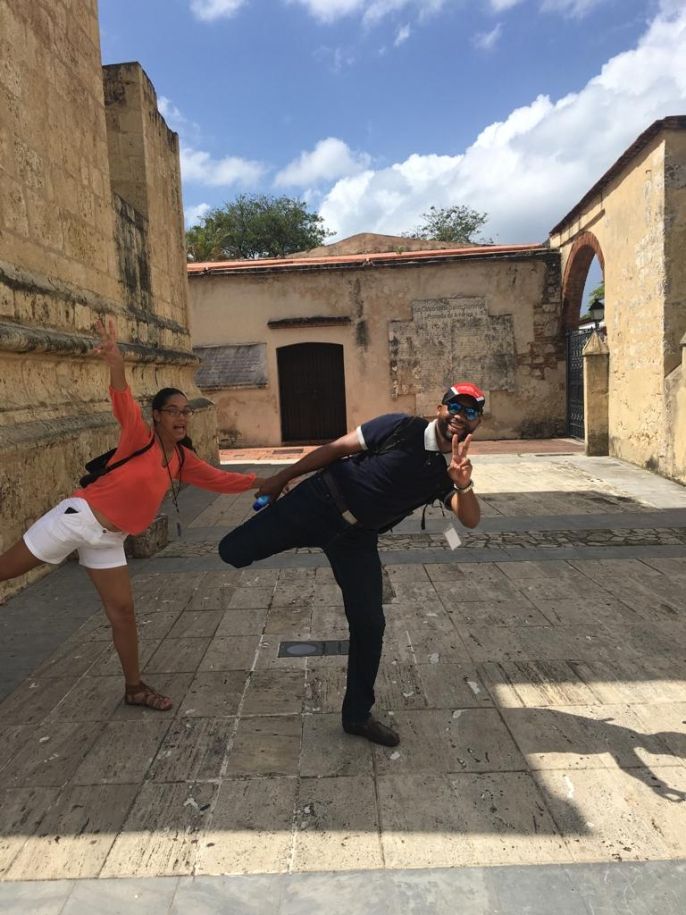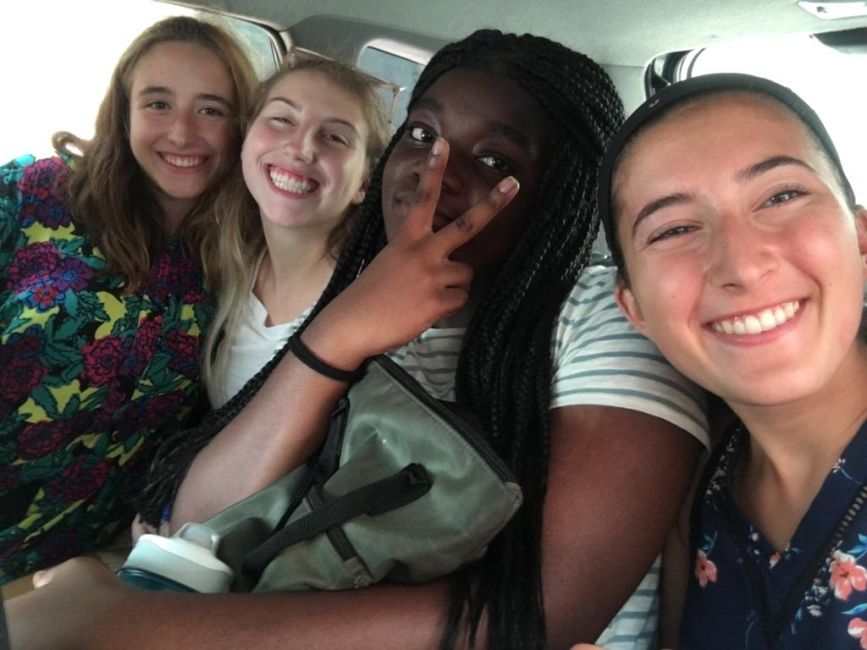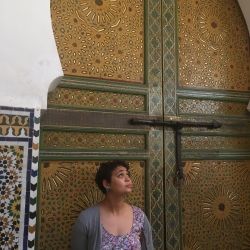Let’s Go to Santo Domingo: One Day in the Dominican Republic’s Capital
It’s the last excursion of the Eco-Solutions program, and we’re heading to Santo Domingo, the Dominican Republic’s capital, located about a 3-hour drive west of Santiago de los Caballeros. Pickup is bright and early at 6:30am; as we shuffle into the guagua (bus), Rafa knows this may not be the ideal time to blast merengue. The bus ride passes by quickly since most of us slept through it, and next thing we know, we are driving through Santo Domingo’s historic colonial zone.
The city was one of many firsts for European colonists – where they carried out the first mass indigenous genocide in the Americas, where they built the first Catholic church in the Caribbean, the first European-style military fort, the first port catering to European commerce, including but not limited to the trans-Atlantic slave trade. We head to the central plaza to meet our tour guide who points out that many of these firsts – including the catholic church featured prominently behind her – are still well-preserved today. A statue of Christopher Columbus stands in the middle of the plaza, prominently featuring an indigenous woman – we find out she is supposed to represent a Taino queen – standing below Columbus with her arm outstretched. We can only wonder whose perspective, whose story, whose history the statue represents.
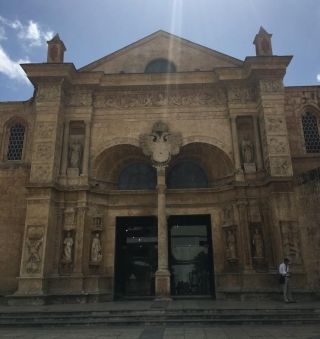
Santo Domingo Cathedral
During the walking tour, we pass by different governmental buildings, edifices, and colonial houses, with our tour guide commenting on the complex histories tied to these structures. One of the last and most notable stops on the tour are the Casa de Teatro art gallery and the artisan souvenir shop that we get to explore, both of which feature works by Dominican artists and artisans. Our tour guide explains that buying souvenirs in one of these galleries is a way to support local artists and ensure that you are buying something made in the Dominican Republic by Dominicans, as opposed to many souvenir shops whose merchandise is made in China, with “Dominican Republic” written onto the item after the fact.
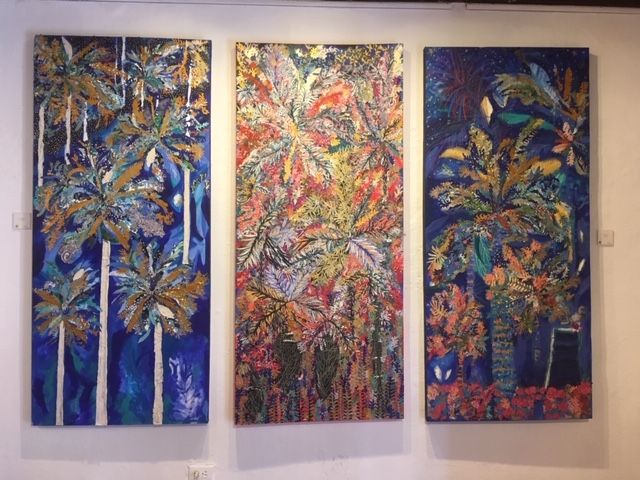
Works by Patricia Reid, from the Tropico Imaginario Collection, Casa de Teatro
After the walking tour, we have about two hours to kill before we go to lunch. The Eco-Solutions team decides to head to the Museo Memorial de la Resistencia Dominicana (The Memorial Museum of Dominican Resistance).
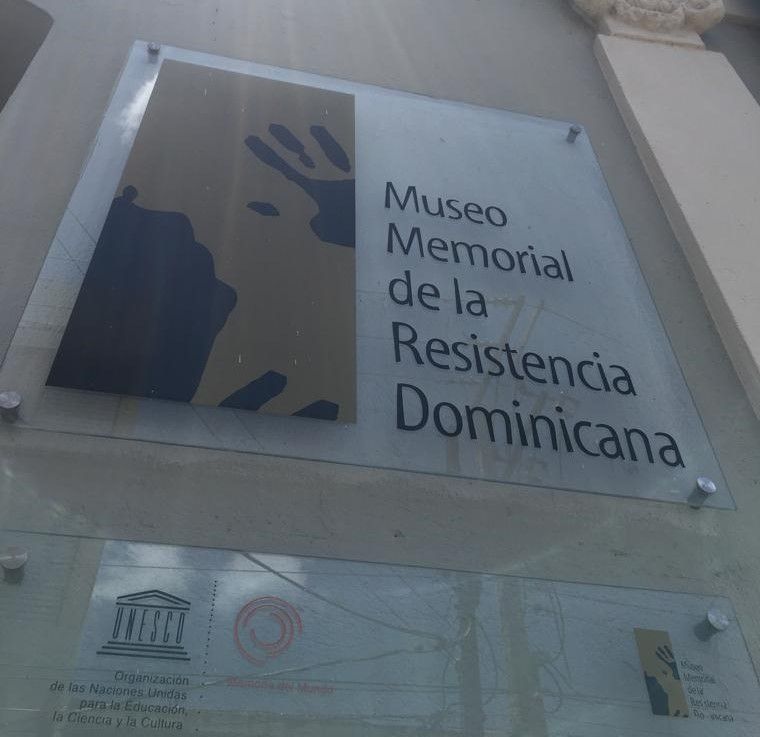
The museum is one of those gems where one could easily spend four or five hours reading articles and watching videos about Dominican and Haitian activists, syndicates, farmers, rebel groups, teachers, artists, organizers who fought against the 1915 American occupation of the island of Hispaniola, and against General Rafael Trujillo, the Dominican dictator who ruled the Dominican Republic from 1930 until his assassination in 1961. Unfortunately, we only had about 45 minutes to explore the entire museum, but it is a stop I highly recommend to anyone who visits the historic city.
Related Posts
